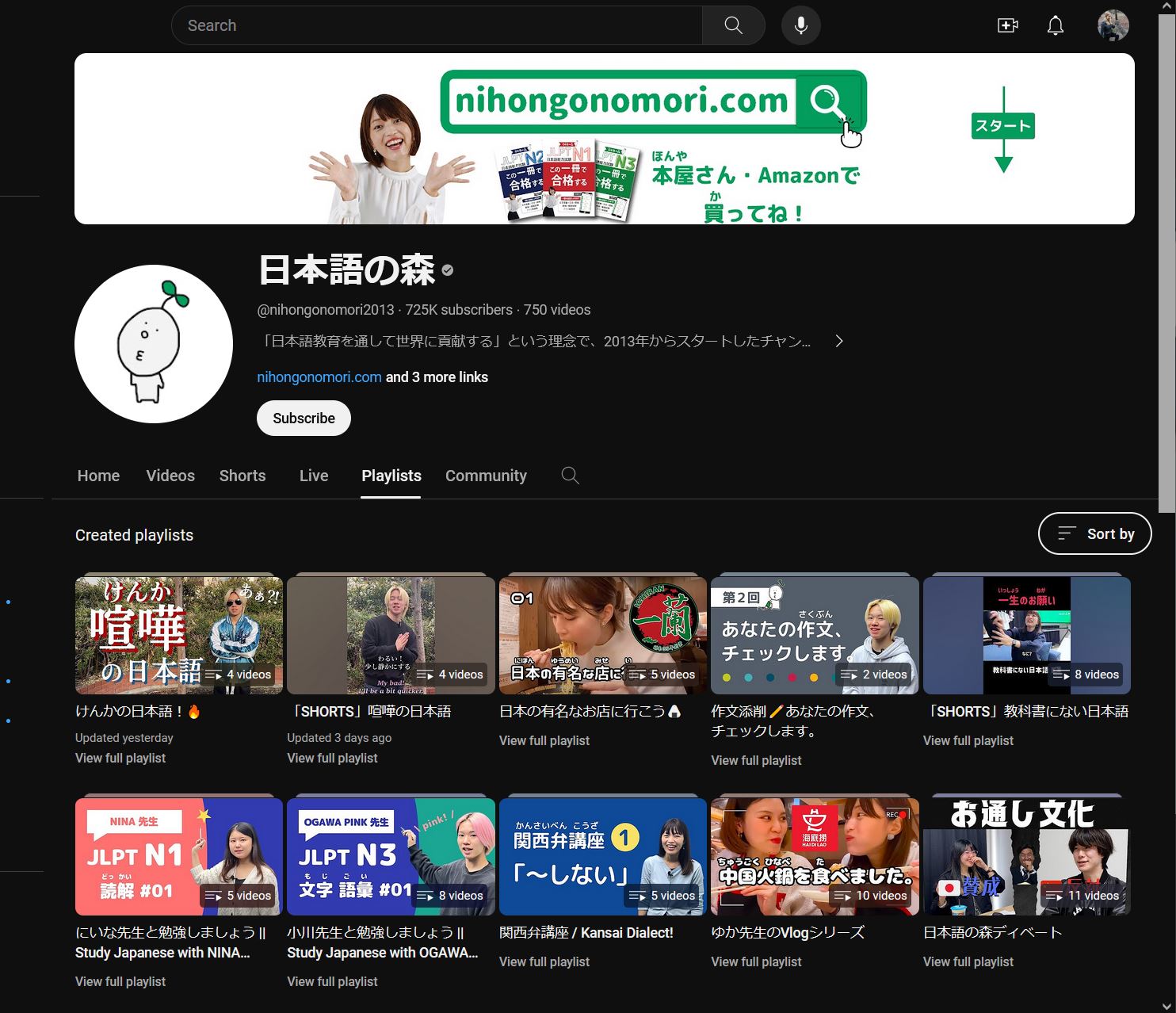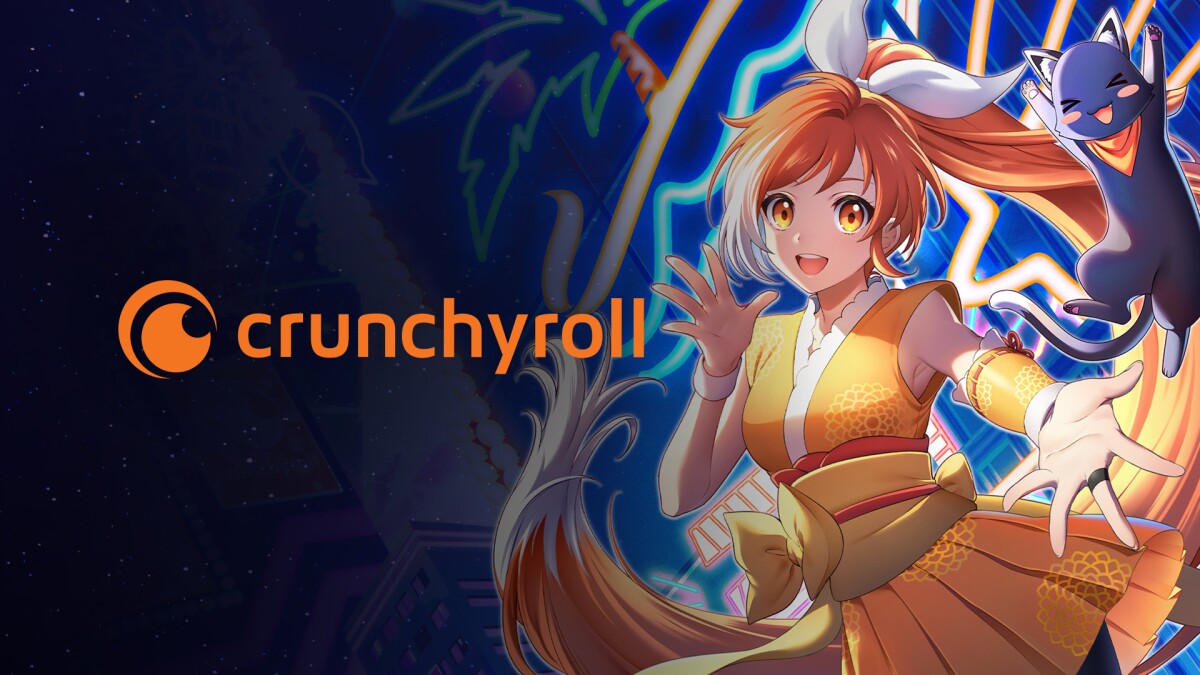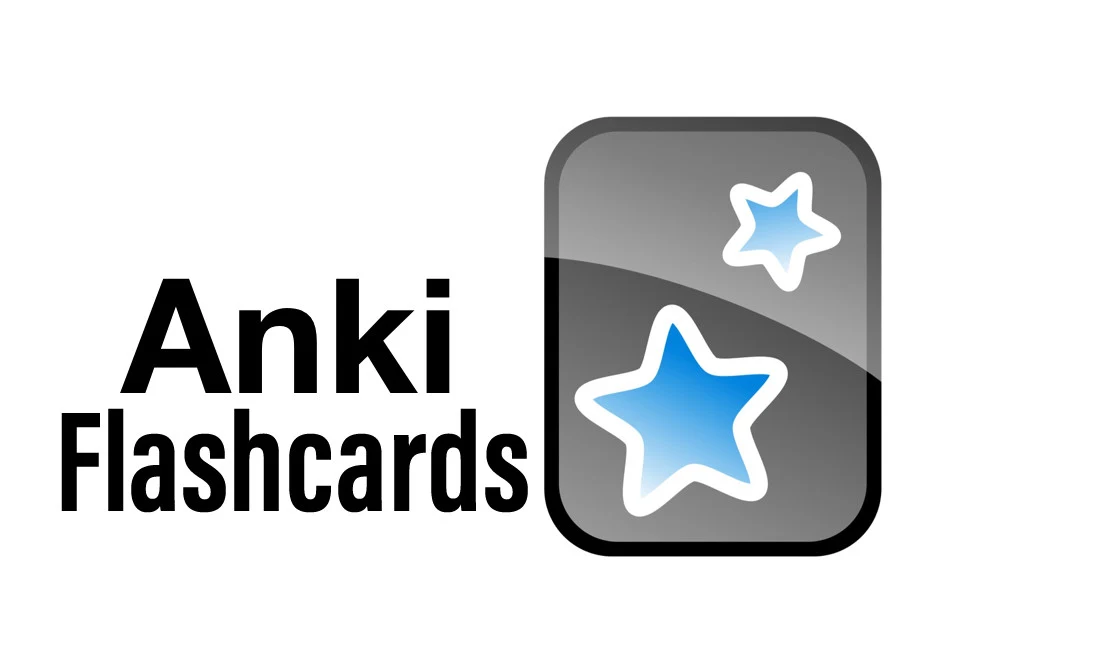The Japanese language has a lot of unique grammar, so you’ll come across new grammar patterns all the time when you first start. If you already have a basic understanding of Japanese grammar, then I recommend learning new grammar patterns through input. You can gather input through any Japanese language resource, such as books or TV shows. When you come across a new grammar point you don’t understand, copy and paste it into Google and write “grammar” after it. For example, let’s look up “方 grammar,” like in the image below. You will see several websites with grammar explanations pop up. Click on the top one for JLPT Sensei.

When you open the website, you will see a quick explanation of the grammar point, including meaning, how to use it, and example sentences. This is pretty standard across most grammar websites.
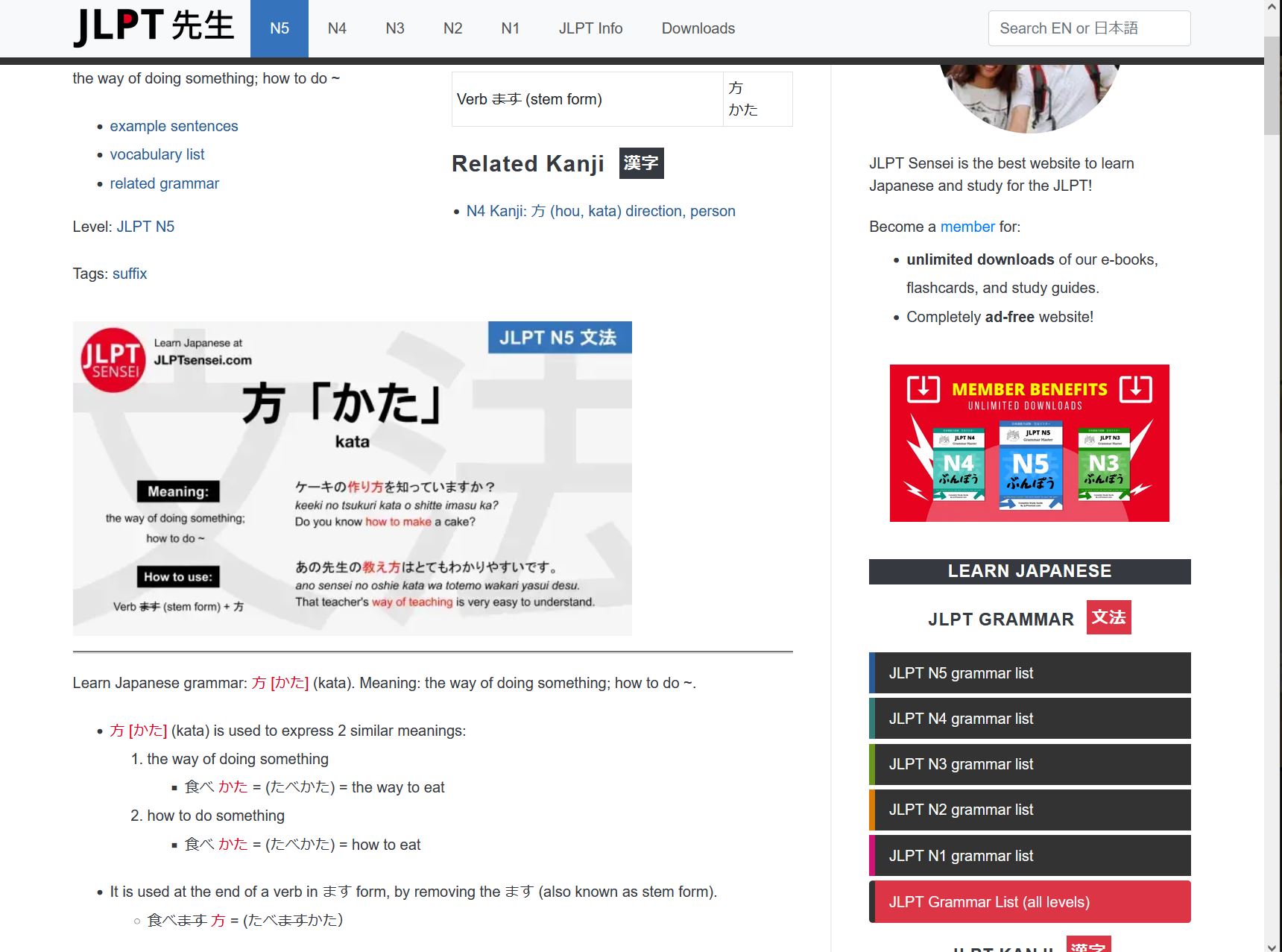
If you scroll down a little more, you will see more example sentences with English translations.
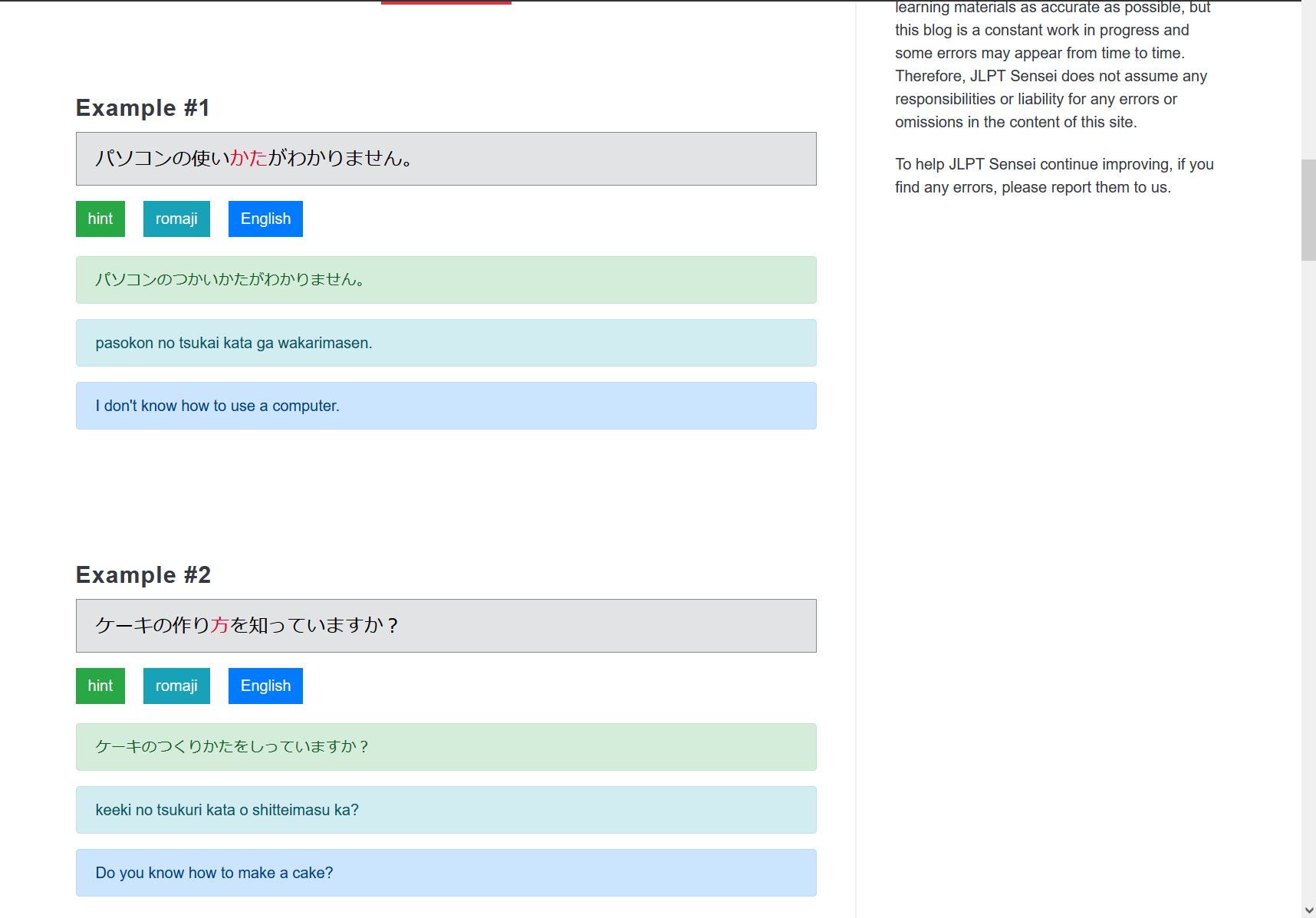
If you are still struggling with the grammar of a sentence, you can ask ChatGPT to explain it to you. You may have to ask a few times in different ways to get the answer you want, but you can get a grammar explanation in English or Japanese.
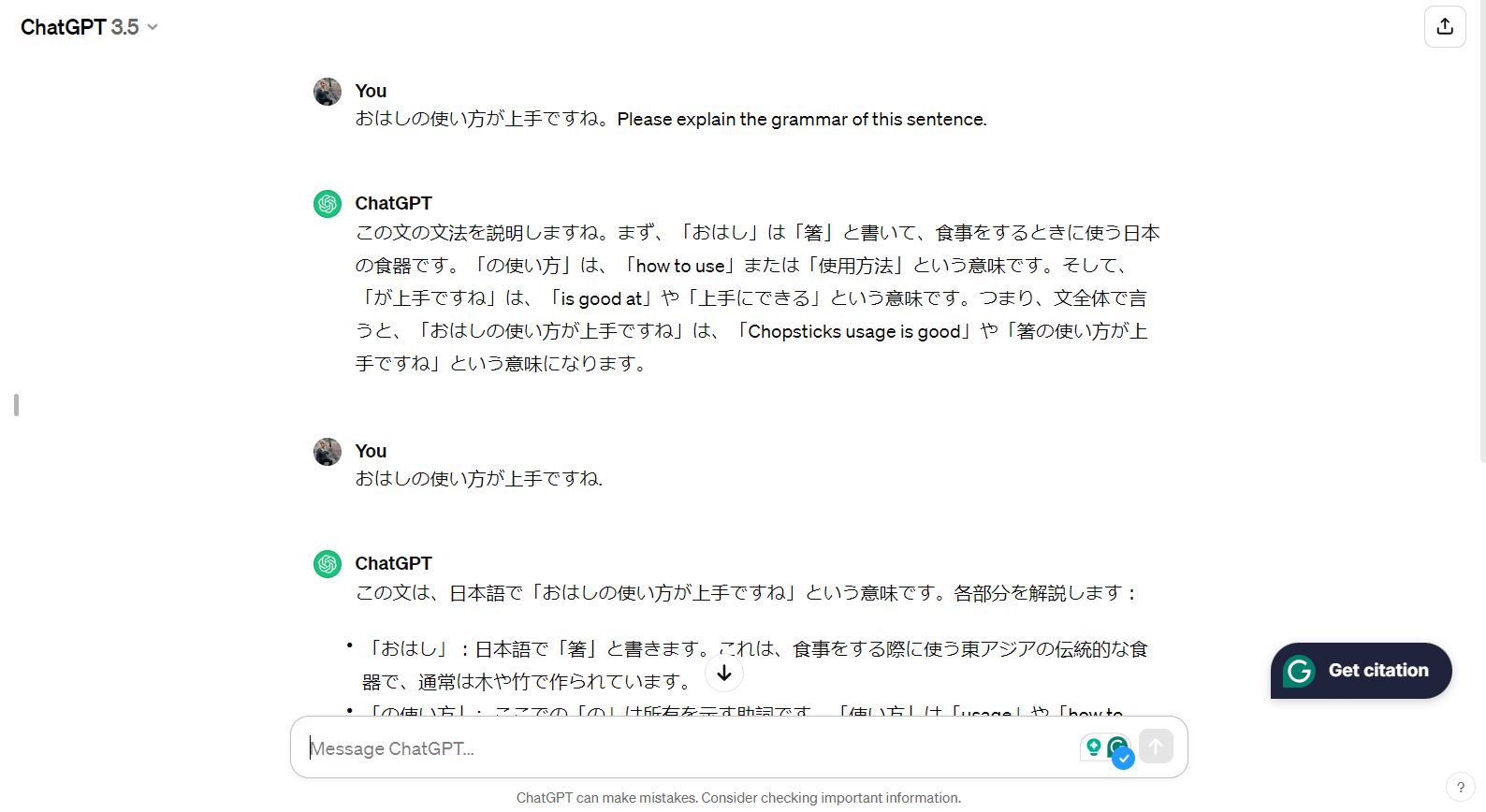
You can copy a few of the example sentences into your Anki deck for Japanese sentences so you can review the grammar pattern again later. If you don’t have the Japanese sentences decks downloaded or don’t know how to use Anki, you can find more information through the links below.
Remember, you should only make about 5 new cards a day, as making too many cards will burn you out. Focus on quality over quantity. You’re not missing anything by making fewer cards. If those grammar patterns are important, you’ll see them again!
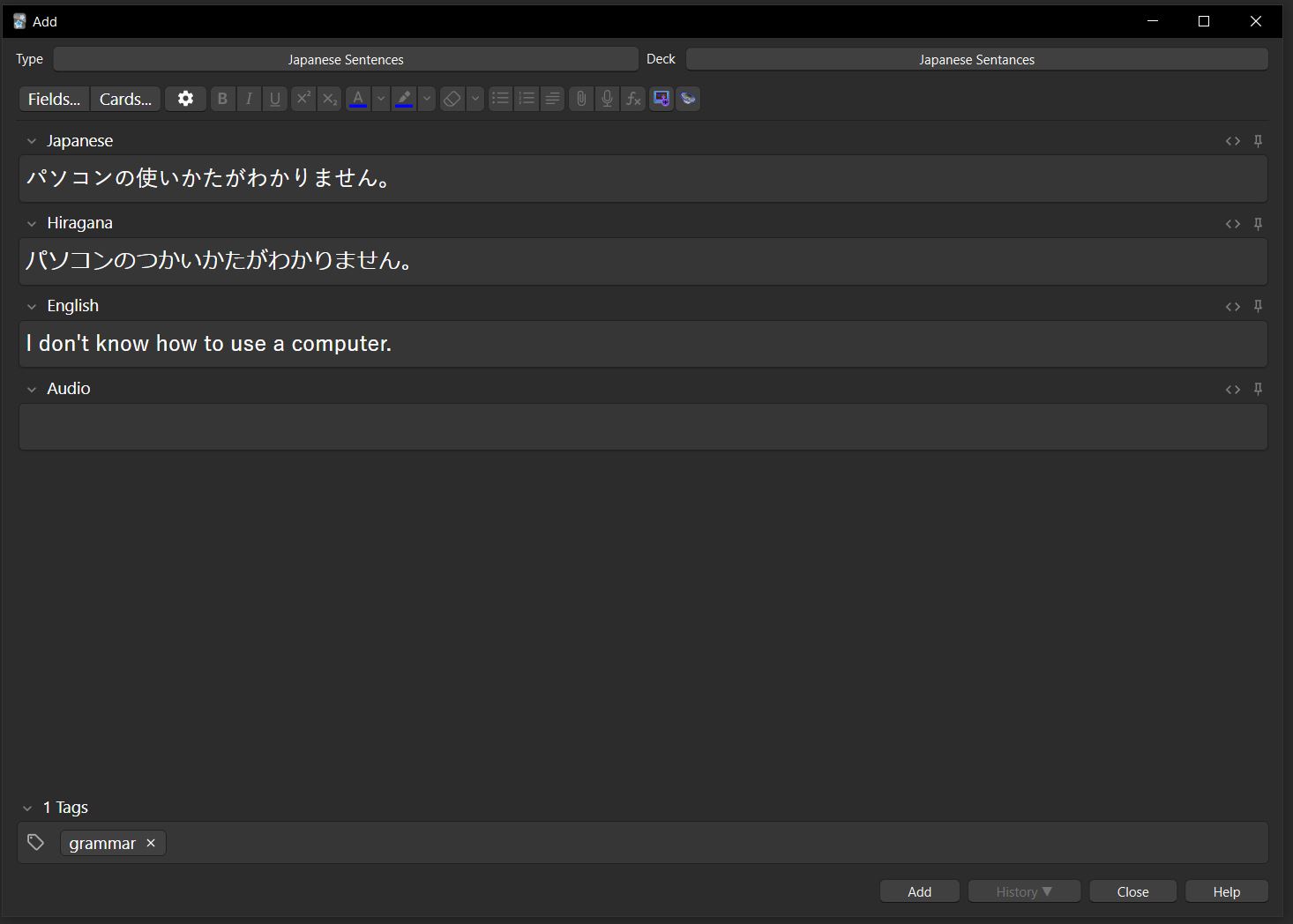
For practicing grammar and sentence order, I like to use cloze cards. These are cards where a specific word or phrase is removed from a sentence, and you need to fill it back in. To create a cloze card, change your note type at the top of the card creation screen to “Cloze Japanese Sentences.” In order to have this note type, you will need to have downloaded and opened the Japanese sentences template deck.

Before clozing any sentences, it’s important to add audio first, since cloze deletions remove words, which will affect audio generation. To add audio to your card, start by copying the Japanese sentence. Then, click into the audio field where you’d like the file to go. With your cursor in the audio field, click the speaker icon in the top toolbar. If you don’t see this icon, it likely means AwesomeTTS isn’t installed. You can learn how to install it by following the article linked below.

If you copied your Japanese sentence and have it on your clipboard, it will automatically appear in the text box on the right side, otherwise, you can type out the sentence manually. To add the audio to your card, click “record.”

Now we can cloze our sentence. Start by selecting the word or phrase you want to hide, then click on the “Cloze deletion” button on the toolbar.

You can cloze as many words or phrases as you’d like in a sentence, and each cloze will generate a separate card. Some people prefer to cloze every word to practice sentence structure, one piece at a time. Personally, I only cloze key words or phrases that I think are the most important to remember. Once you’ve finished adding your clozes, click “Add” at the bottom of the screen to create the new cards.

When you study these cloze cards, you will be presented with the sentence with one of the words missing. Your goal is to recall the missing word. If you need a hint, you can click on English for the English translation of the sentence.
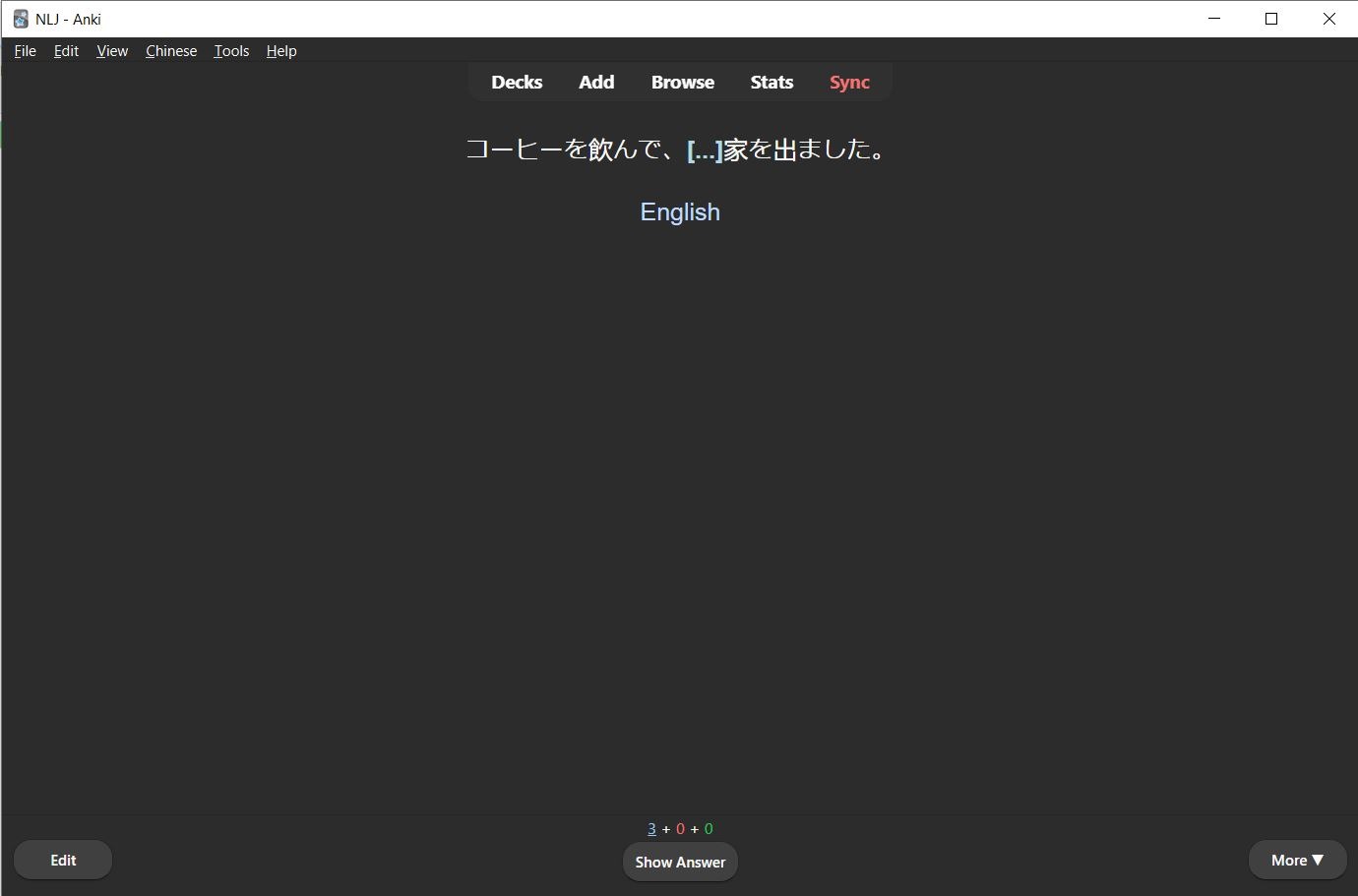
On the back of the card, you’ll be able to grade yourself on how well you remembered the word. You’ll also see the reading, the English translation, and hear the audio.

How to Break Down a Difficult Sentence
You’ll inevitably come across a sentence that you just don’t understand. Even if you have a translation for it, you still can’t understand why the sentence means what it does. In those situations, I’ll show you how to break down a sentence so that you can understand its components. First, copy the difficult sentence into a word processor.
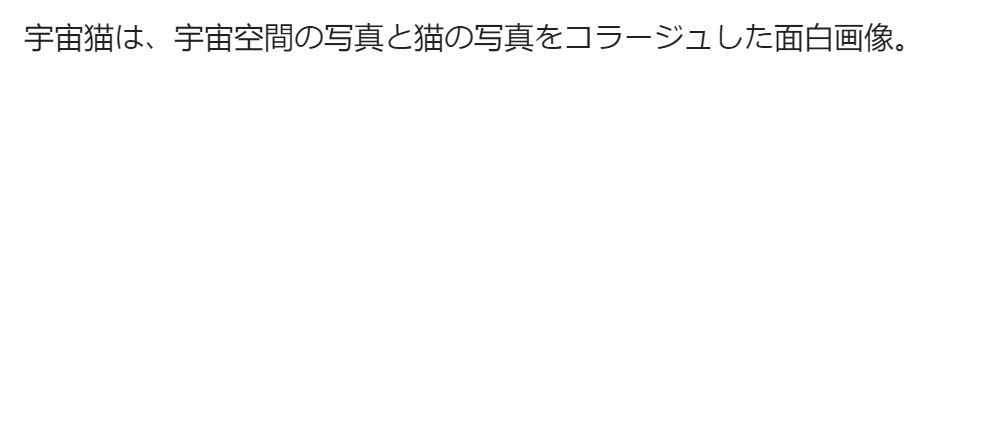
Next, copy the sentence again, but this time replace all the words with their English translations, excluding particles and verb endings. This will allow you to see the sentence’s grammar clearly. You may be able to understand the sentence from just this, or you may need to dig down a little deeper. If you don’t understand a grammar point, this is when you should look it up. For the sentence below, I know that は marks the subject, so “space cat” is the subject of this sentence. の is possessive, so it’s a “picture of outer space” and a “picture of a cat.” と is the connecting “and” between the two types of pictures. を marks what the verb is affecting, and した is the past tense of to do. Now, all I need to do is put this knowledge together to come up with a translation.
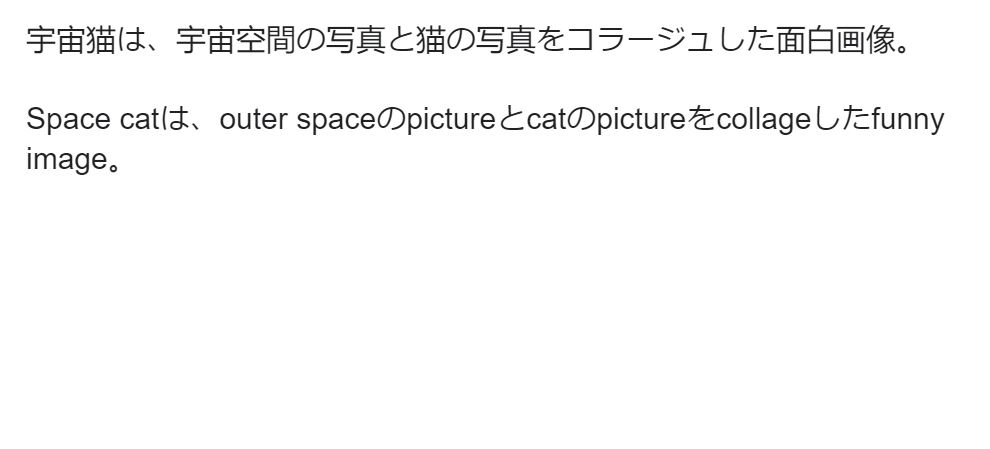
The final translated sentence is “Space cat is a funny image collage of a picture of outer space and a picture of a cat.” You can compare your translation to ChatGPT’s translation if you’re practicing your translation skills. If you had trouble following this process, it may be because you don’t have the foundational knowledge yet to break down a sentence like this, and that’s ok. In that case, move on to something else that you do understand and come back to it later. Part of learning a language is accepting that you won’t understand everything.
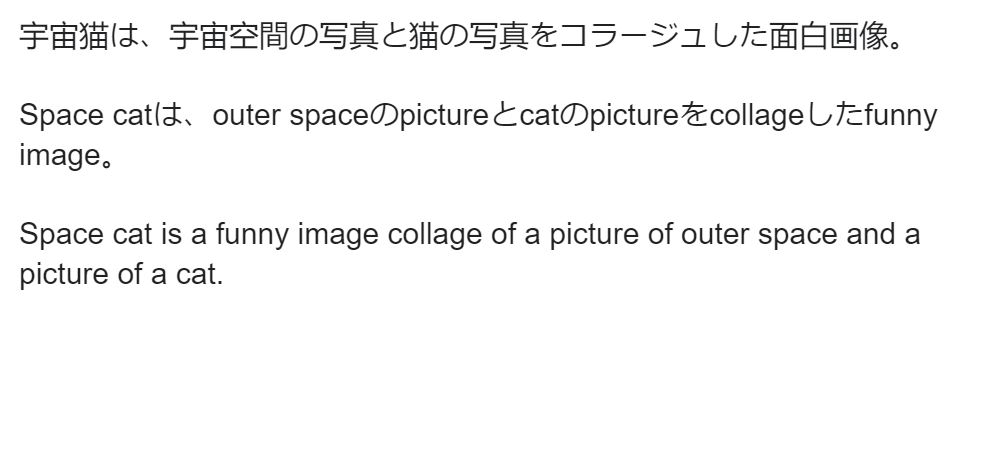
This method is also great for translating more complex works, such as poems or song lyrics. The lyrics below are from the chorus of Radwimps’ Nandemonaiya. Japanese lyrics are very difficult to understand, so I don’t recommend using them as a study tool until the advanced level. Japanese songs often rely on certain aspects of the language that English doesn’t have, like dropping subjects.
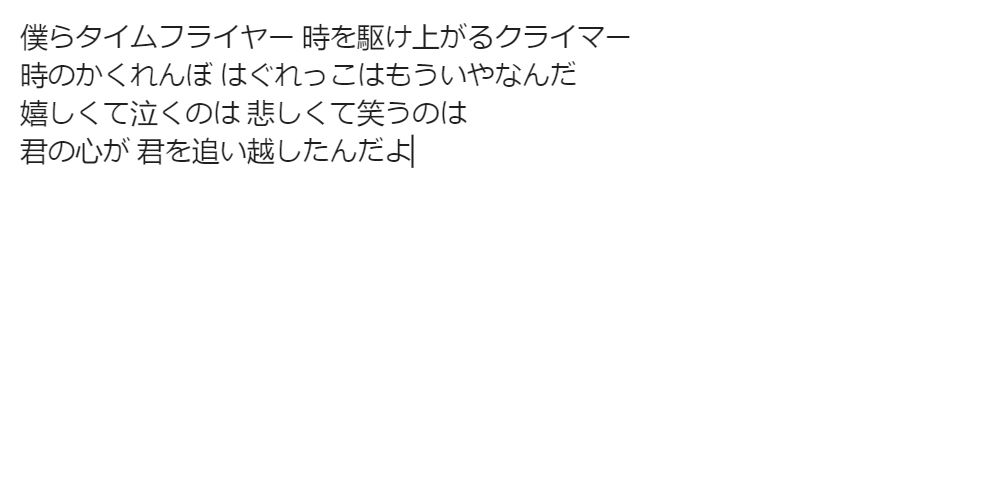
Now that the main words in the lyrics are translated into English, we can see the grammar of the sentence. You’ll notice that the grammar in this example is more complex, but you should still be able to easily find examples and grammar explanations when you look them up.
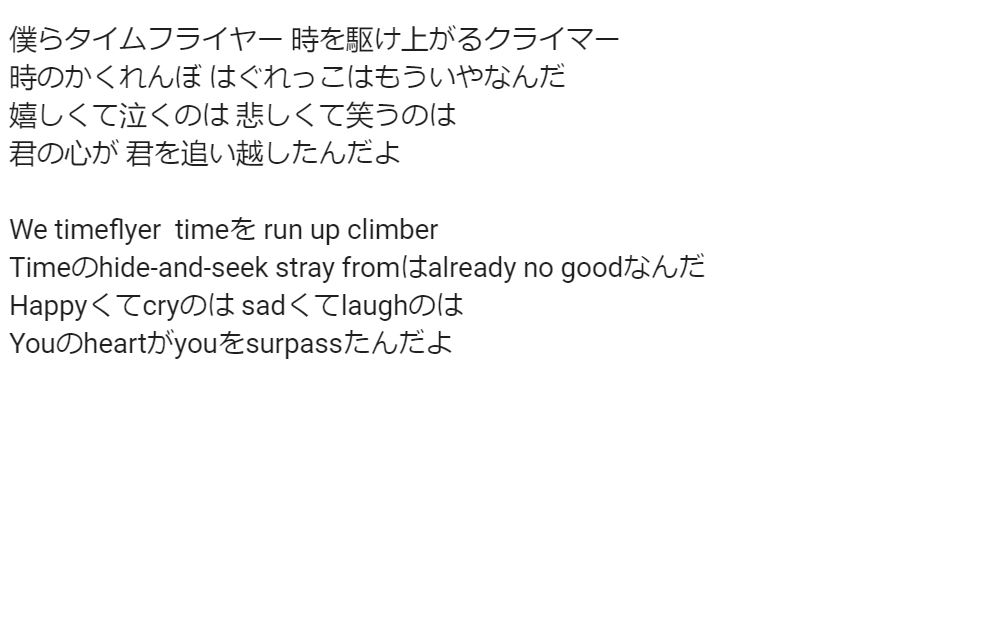
Here’s the final translated version. Translation takes practice, so if you are learning to translate, I recommend comparing your translation to an official one. Notice how difficult it is to make the lyrics coherent in English? That’s why I use this method for translating complicated texts like poems or lyrics because it helps to break it down into parts. Even if you understand a Japanese song, it can be really hard to translate directly.
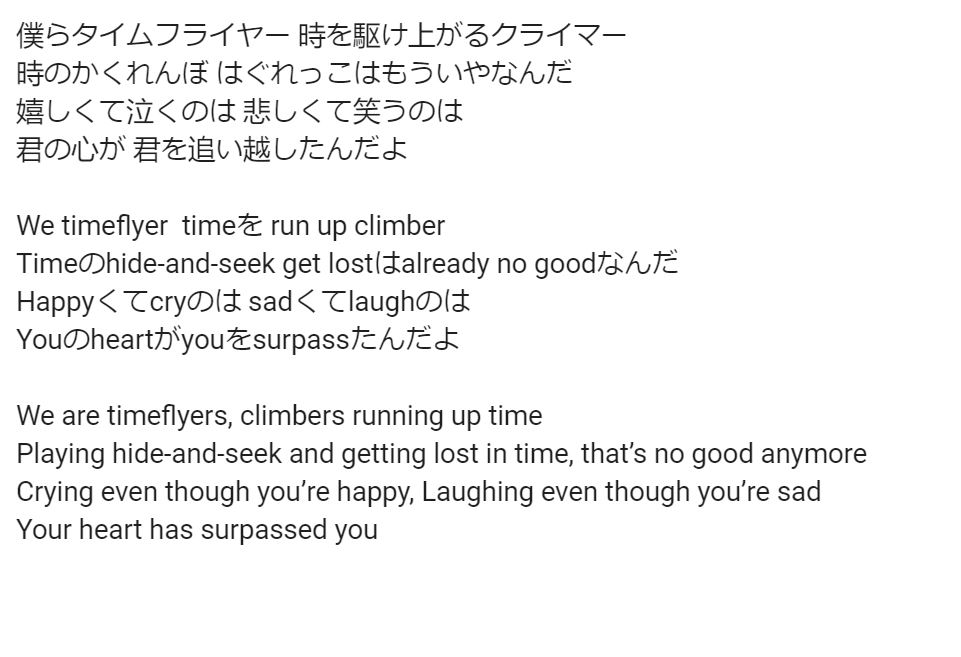
Practicing Grammar
Since there are so many grammar patterns in Japanese, it’s a good idea to practice these patterns as you learn them. After reading or watching a grammar explanation, try writing a few sentences of your own to make sure you got the grammar pattern down. Personally, I need to use a grammar pattern a few times before I can fully comprehend it. To check that your usage is correct, use ChatGPT or HiNative to receive feedback.

Grammar Websites
Hanbok Study – Freemium
Hanbok is an amazing website that lets you break down and analyze Japanese sentences piece by piece. Start by selecting Japanese as your target language, then type or paste the sentence you want to analyze into the search field. After you analyze a sentence, you will be able to go over each word one at a time and see what role it plays in the sentence, as well as its form or grammar usage.

If you scroll down a bit, you’ll see all the words in the sentence listed in their dictionary forms, along with the grammar points used, each with a level rating and example sentences.

Steven Kraft’s Japanese Project
Steven Kraft’s Japanese Project is an absolutely amazing resource for practicing Japanese grammar. Not only does the website allow you to practice verb conjugations, but it also allows you to practice common grammar patterns!

JLPT Sensei
JLPT Sensei has an extensive library of all JLPT grammar points from N5 to N1. The website can be easily searched in English or Japanese, and it offers simple explanations and example sentences.
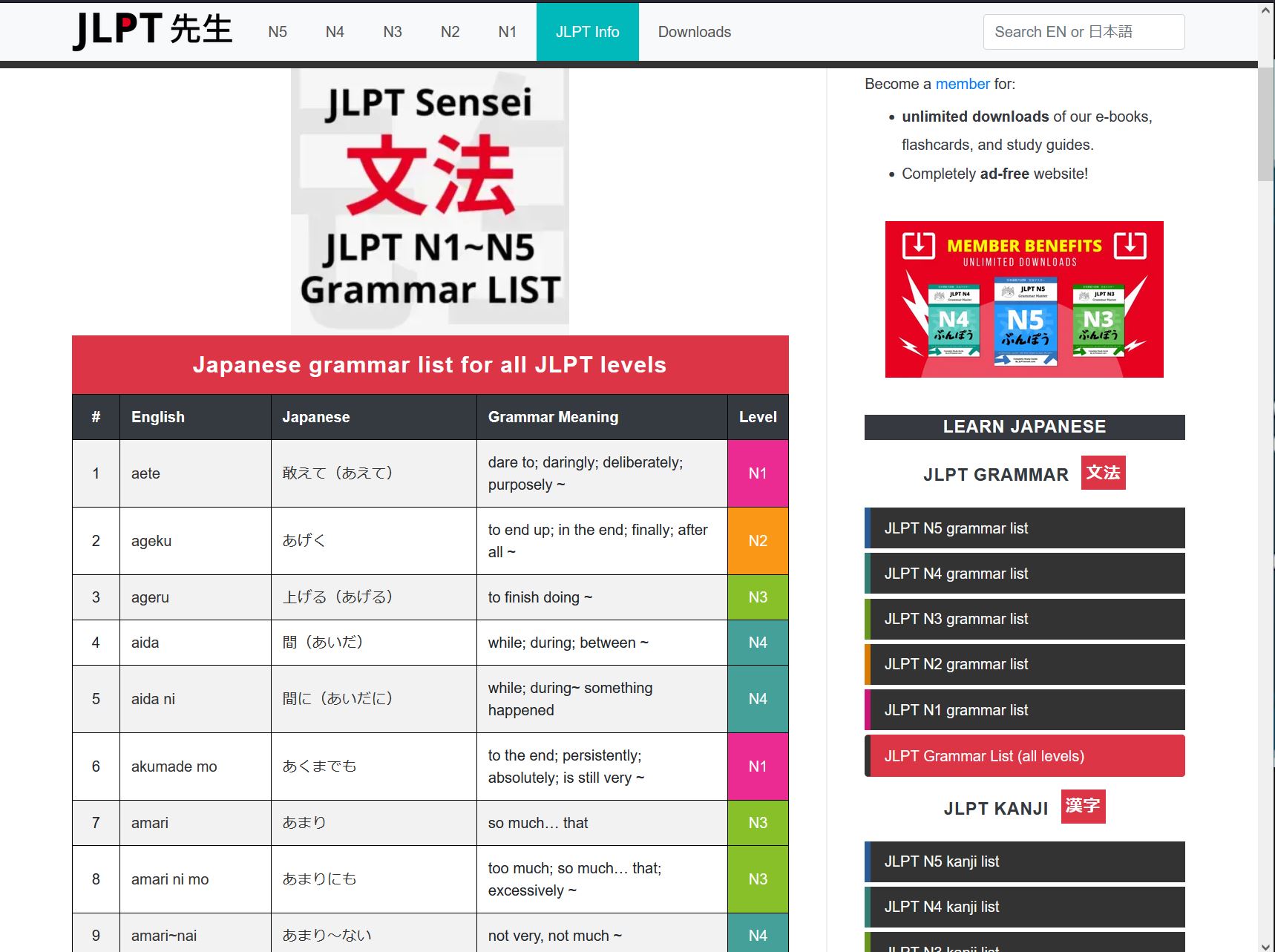
Japanesetest4you
Jtest4you is a website with free JPLT practice tests. These tests are a great way to practice your grammar and vocabulary if you are studying for the JLPT.

Hanabira
Hanabira has lots of useful Japanese resources, including grammar explanations and examples. They also have tools for helping you break down and understand grammar, such as a custom text parser and grammar graph analyzer.

Tae Kim’s Grammar Guide
Tae Kim’s Grammar Guide is a free digital grammar guide with great explanations and example sentences. You don’t need to read the guide in order, instead, you can find links to all the chapters on the right side of the screen so that you can go to the chapter of your choice.
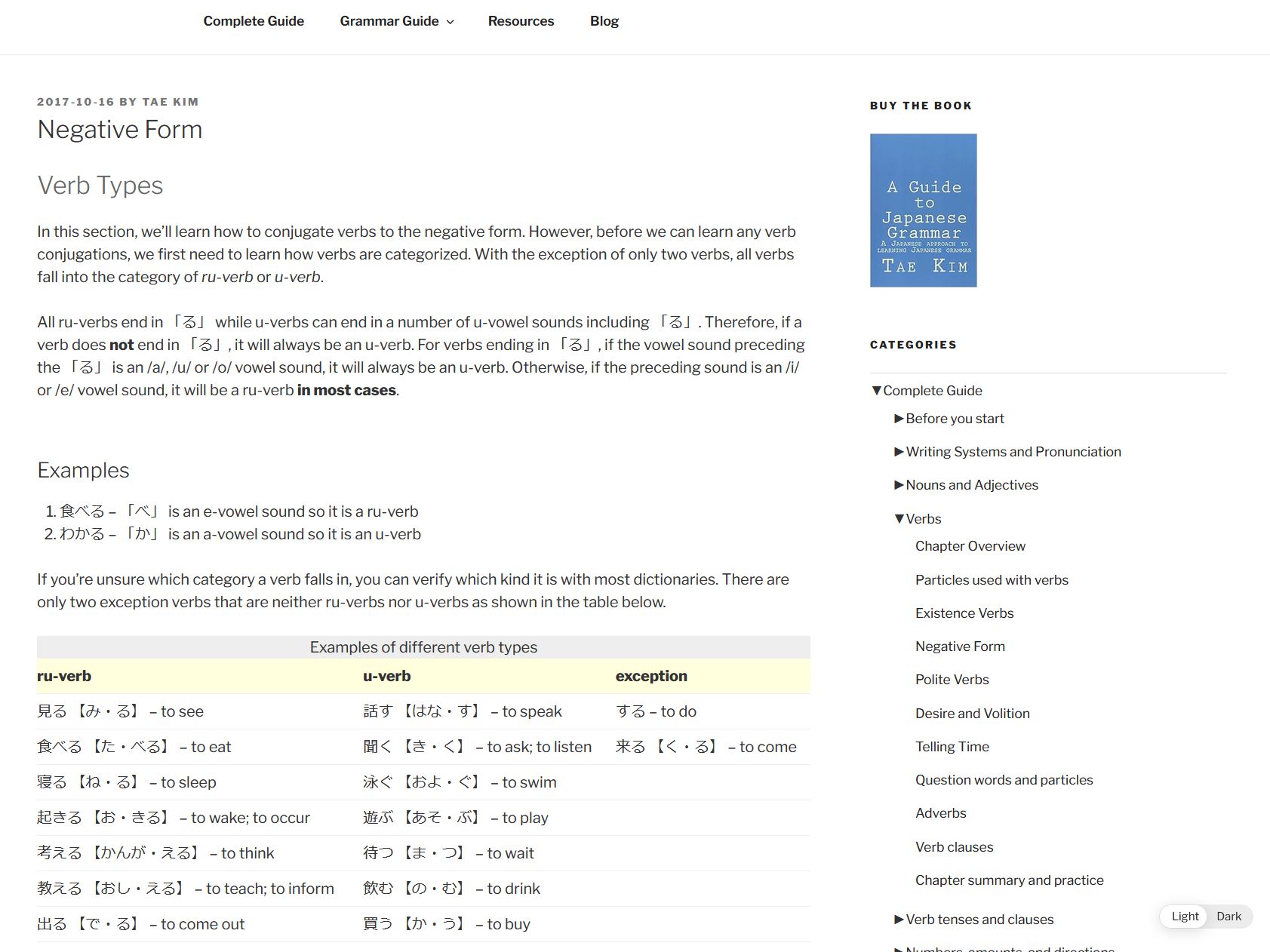
Maggie Sensei
Maggie Sensei’s website offers an extremely in-depth view of grammar points with tons of examples. However, I would not recommend her website for beginners because she gives examples for every possible use of a grammar point, including very advanced usages, which may be confusing for a beginner. This website is best for high-intermediate learners.
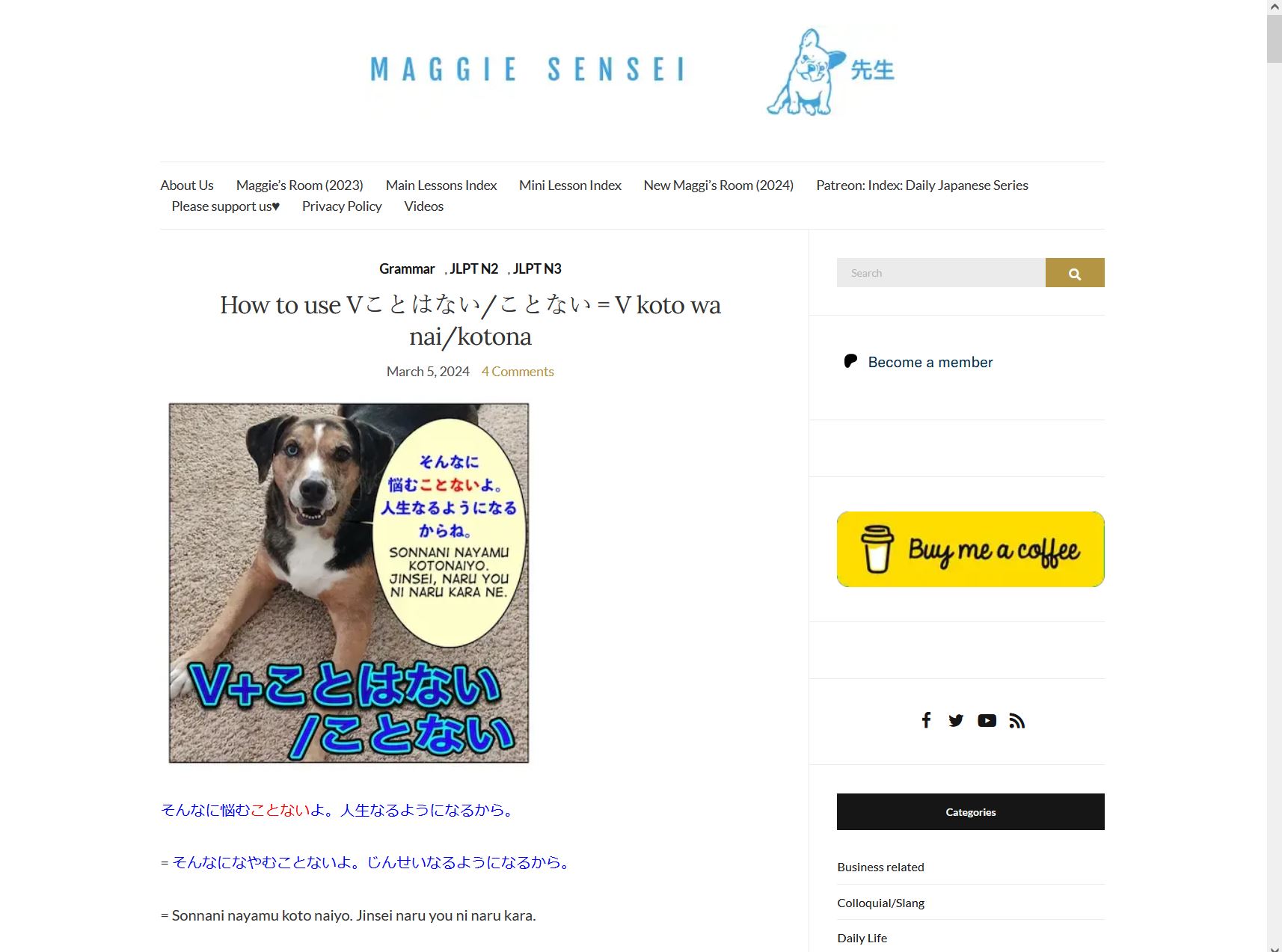
Grammar YouTube Channels
Japanese Ammo with Misa
Misa’s channel offers grammar explanations for beginner and intermediate learners with English translations and explanations. Her videos are well-produced and easy to follow. She already has a large catalog of grammar lessons, so you can search her channel for the grammar topics you would like to see a video on.
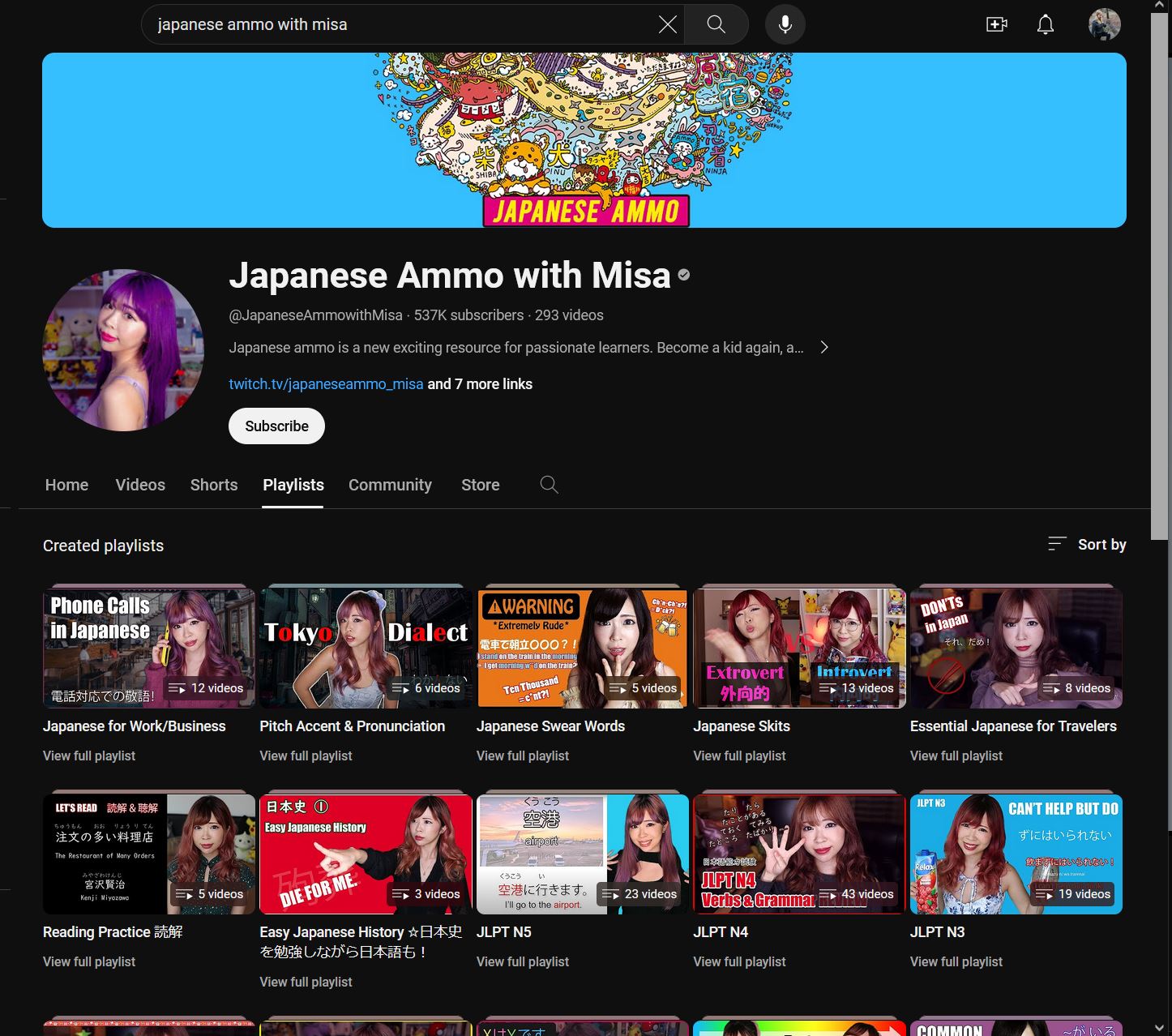
Learn Japanese with Moon-chan

Meshclass Japanese
Meshclass Japanese is good for intermediate to advanced learners. The grammar explanations are entirely in Japanese, but English subtitles are provided. However, the explanations are clear and easy to follow, so I recommend watching them without English if you can.
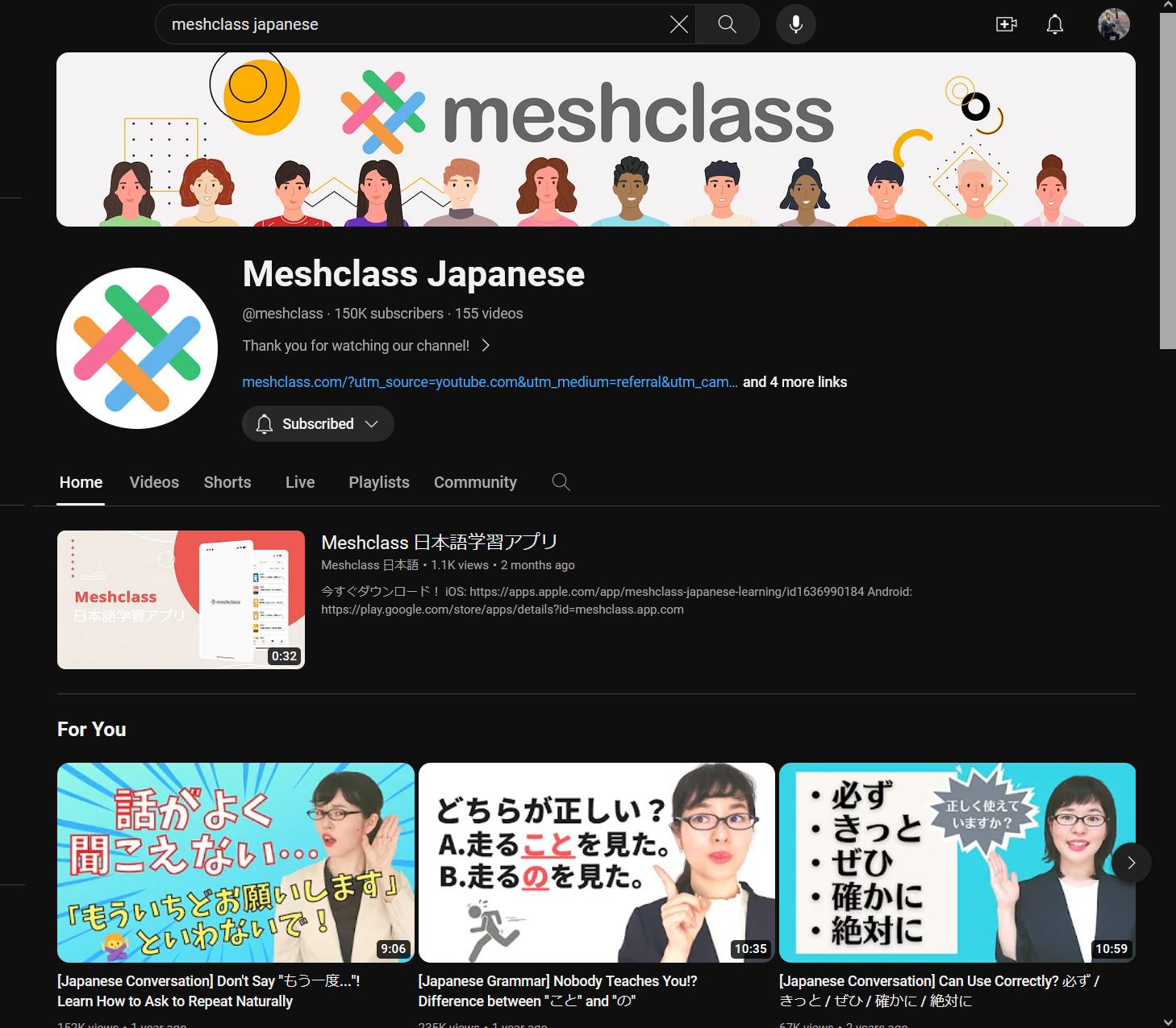
Nihongo no Mori
Nihongo no Mori is a Japanese learning channel that is only in Japanese with no English at all. This is great for high intermediate to advanced Japanese learners who no longer need to rely on English for their Japanese study. They only offer grammar explanations for the intermediate level and above, but they use easy, comprehensible Japanese, so you might be able to understand the explanations earlier than you think. If you’re an intermediate learner, I recommend trying some of their videos to see how much you understand.
